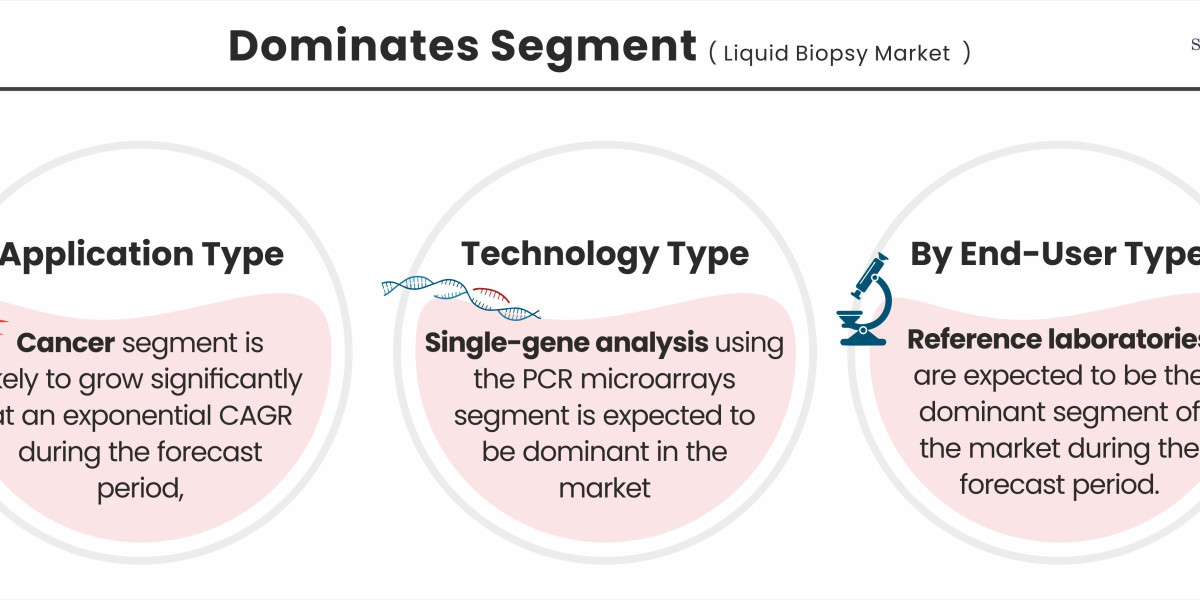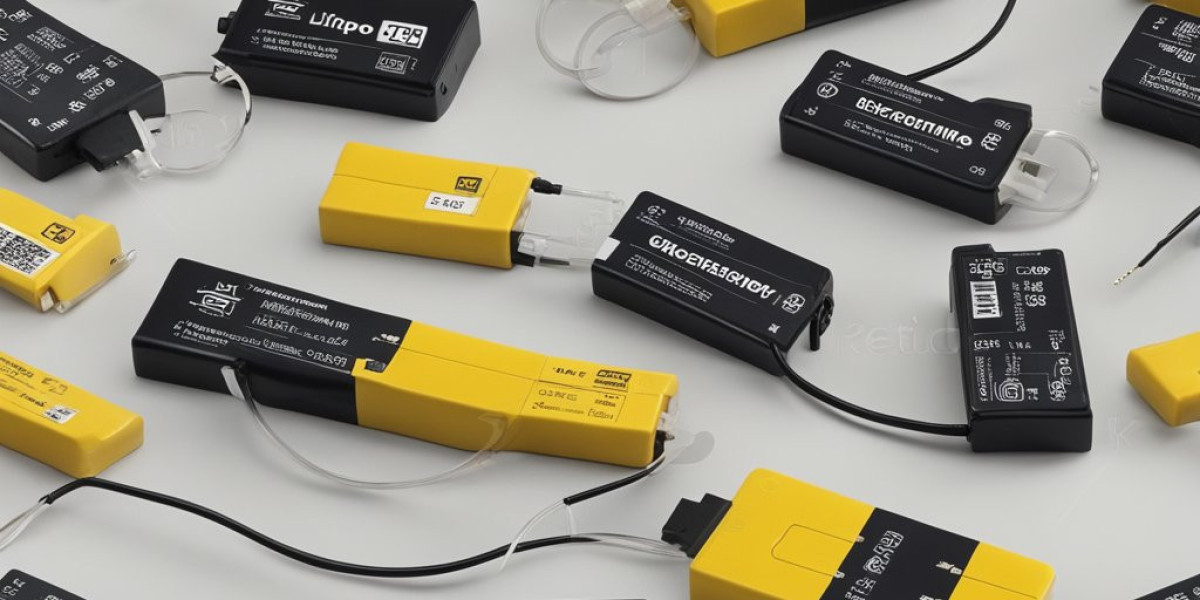In the ever-evolving landscape of cancer detection and treatment, liquid biopsies have emerged as a groundbreaking innovation with the potential to revolutionize the way we diagnose and monitor cancer. Unlike traditional tissue biopsies, which require invasive procedures to obtain a sample of the tumor, liquid biopsies use a simple blood draw to detect cancer-related genetic material, such as circulating tumor DNA (ctDNA) and circulating tumor cells (CTCs). This non-invasive method offers numerous advantages, including early detection, real-time monitoring, and personalized treatment strategies. In this article, we explore the latest trends and innovations shaping the liquid biopsy market and their implications for the future of cancer care.
According to Stratview Research, the liquid biopsy market was estimated at USD 2.83 billion in 2022 and is likely to grow at a CAGR of 17.99% during 2023-2028 to reach USD 7.64 billion in 2028.
- Advancements in Technology and Methodology
The rapid advancement of next-generation sequencing (NGS) technologies has significantly enhanced the sensitivity and accuracy of liquid biopsies. NGS allows for the comprehensive analysis of genetic alterations in ctDNA, providing detailed insights into the tumor’s genetic landscape. Additionally, the development of digital PCR (dPCR) and other ultra-sensitive detection methods has improved the ability to detect low-frequency mutations, making it possible to identify cancer at earlier stages when it is more treatable.
- Expanding Applications Beyond Oncology
While liquid biopsies are primarily associated with cancer detection, their potential applications are expanding into other areas of medicine. Researchers are exploring their use in monitoring organ transplant rejection, detecting prenatal genetic abnormalities, and identifying infectious diseases. This broadening scope is driving further investment and innovation in the liquid biopsy market, opening new avenues for early diagnosis and personalized treatment in various medical fields.
- Integration with Artificial Intelligence and Machine Learning
Artificial intelligence (AI) and machine learning (ML) are playing a crucial role in enhancing the analytical capabilities of liquid biopsies. By leveraging AI algorithms, researchers can identify complex patterns in genetic data that may indicate the presence of cancer or predict its progression. Machine learning models can also help personalize treatment plans by predicting how patients will respond to specific therapies based on their genetic profile. This integration of AI and ML is poised to make liquid biopsies even more powerful tools in the fight against cancer.
- Growing Market and Investment Opportunities
The liquid biopsy market is experiencing rapid growth, driven by increasing demand for non-invasive diagnostic tools and the rising prevalence of cancer. According to recent market research, the global liquid biopsy market is projected to reach several billion dollars by the end of this decade. This growth is attracting significant investment from pharmaceutical companies, biotech firms, and venture capitalists, fueling further innovation and development in the field. Companies are focusing on expanding their product portfolios, obtaining regulatory approvals, and forming strategic partnerships to strengthen their market position.
- Regulatory and Reimbursement Challenges
Despite the promising advancements, the liquid biopsy market faces several regulatory and reimbursement challenges. Ensuring the accuracy and reliability of liquid biopsy tests is crucial for gaining regulatory approval and acceptance in clinical practice. Additionally, securing reimbursement from healthcare payers is essential for widespread adoption. Stakeholders are working closely with regulatory bodies to establish clear guidelines and standards for liquid biopsy tests, which will help streamline the approval process and facilitate their integration into routine clinical care.
- Personalized Medicine and Precision Oncology
Liquid biopsies are at the forefront of the shift towards personalized medicine and precision oncology. By providing detailed genetic information about a patient’s tumor, liquid biopsies enable oncologists to tailor treatment plans to the individual’s unique genetic profile. This approach not only improves treatment efficacy but also minimizes adverse effects by targeting therapies to specific genetic mutations. As our understanding of cancer biology continues to evolve, liquid biopsies will play an increasingly important role in delivering personalized, targeted treatments.
Conclusion
The future of cancer detection is being shaped by the innovative advancements in the liquid biopsy market. With their non-invasive nature, enhanced sensitivity, and expanding applications, liquid biopsies hold great promise for transforming cancer diagnosis and treatment. As technology continues to advance and regulatory hurdles are overcome, we can expect liquid biopsies to become an integral part of precision oncology, offering hope for earlier detection, better treatment outcomes, and ultimately, improved survival rates for cancer patients. The continued investment and research in this field will undoubtedly pave the way for a new era in cancer care, where early detection and personalized treatment are the norms rather than the exception.



